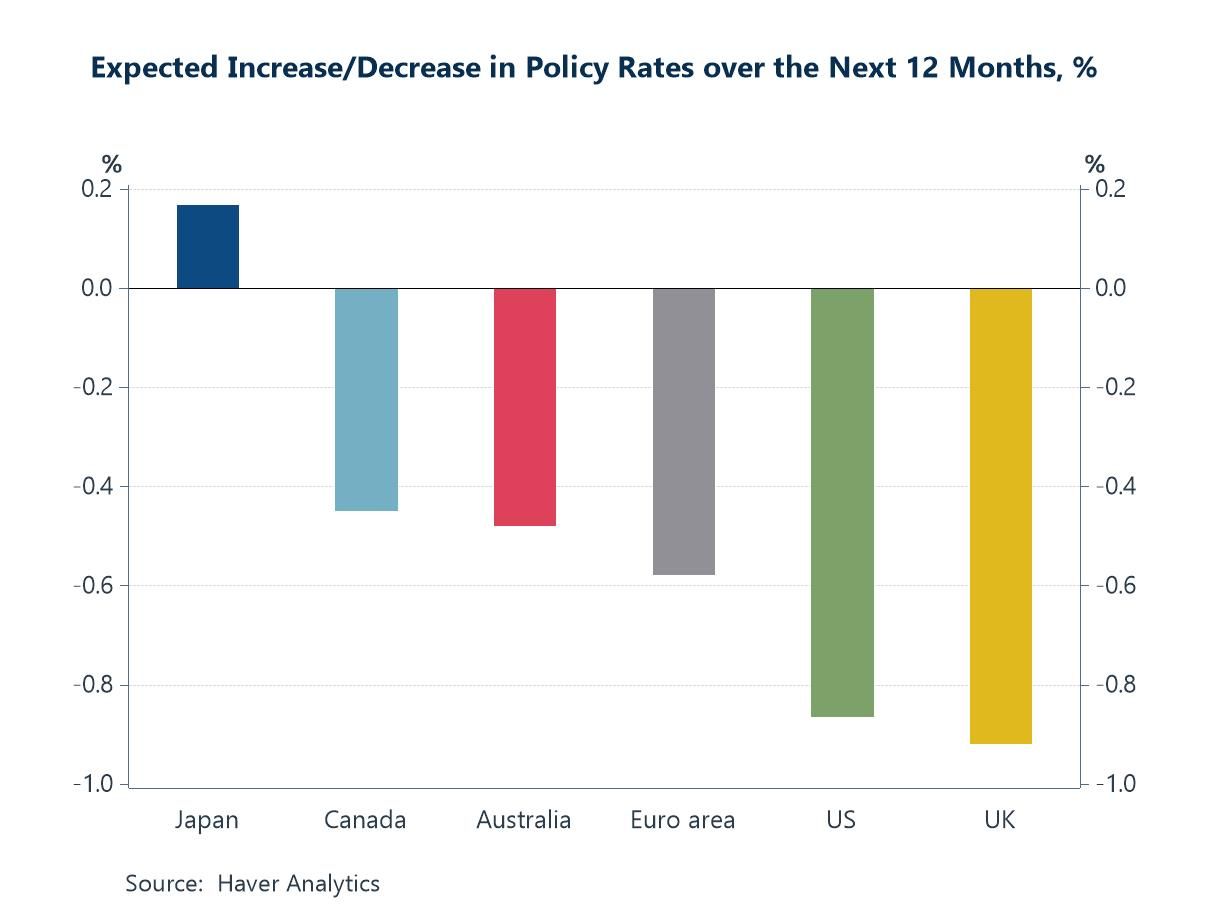This week, we focus on critical minerals, which have moved into the spotlight following China’s recent restrictions on rare earth exports. The move triggered widespread supply chain disruptions and renewed attention to an issue that had long flown under the radar. A closer look reveals that just a handful of countries dominate global production—chief among them, China, as shown in chart 1. This concentration highlights the growing geopolitical and economic importance of mineral-rich nations in supporting key industries such as automotive, aerospace, and defence. The implications for national security are significant.
China’s influence goes well beyond raw material reserves. It has also positioned itself as a leading refiner of critical minerals such as copper and nickel—even though it is not the top producer of the raw ores (see chart 2). In the case of rare earths, China has become a key supplier to Western economies, including the United States and the Euro area (chart 3). Its recent export restrictions on rare earth elements (REE) are a direct response to ongoing trade actions and have already triggered disruptions across key industries. Ford in the US and Suzuki in Japan, for example, have reportedly paused production due to shortages of these inputs. Meanwhile, non-US automakers—particularly in Japan—face additional pressure from US auto tariffs. These have forced firms to slash export prices (chart 4), squeezing profit margins and weakening overall financial performance.
But not all signs point to prolonged disruption. There is a glimmer of hope. In Europe, negotiations with China suggest a possible easing of REE-related disruptions, although any concrete relief will likely depend on broader trade discussions. One likely sticking point is the surge in Chinese EV exports to Europe, which has saturated local markets and drawn import tariffs (chart 5). Meanwhile, US–China trade talks resume in London this week, with rare earths a central topic. Markets and policymakers alike are watching closely, hoping for signs of de-escalation. That said, the impact of these mutually imposed trade actions is already visible, as shown in chart 6. While negotiations continue, disruptions remain an active threat to supply chains, industrial output, and economic stability.
Global critical minerals production While headlines are often dominated by breakthroughs in high-end and essential technologies, what tends to be overlooked are the raw materials that make those innovations possible. These foundational inputs are known as critical minerals—so named because of their vital role in enabling advanced technologies and their often-fragile supply chains. Critical minerals include rare earth elements (REEs)—a group of 17 chemically similar elements essential to high-tech, clean energy, and defence applications. Also considered critical are minerals used in various battery chemistries, including those for electric vehicles (EVs) and associated infrastructure. These include nickel, cobalt, graphite, and copper. Additionally, elements like gallium and germanium are indispensable for semiconductors, fibre optics, and other high-tech systems.
In their raw form, the global production of critical minerals is highly concentrated. As shown in chart 1, only a handful of economies account for the majority of the world's production—and this pattern repeats across most critical minerals. Countries such as China, Russia, South Africa, and the Democratic Republic of the Congo consistently emerge as dominant producers across several of these materials. While production dominance alone may not always present a risk, it becomes strategically significant when geopolitical tensions interfere with trade flows. This issue has come into sharper focus as China’s central role in global mineral supply chains is increasingly scrutinized—especially in the wake of renewed US-China trade tensions following President Trump’s second term in office.



 Asia
Asia





